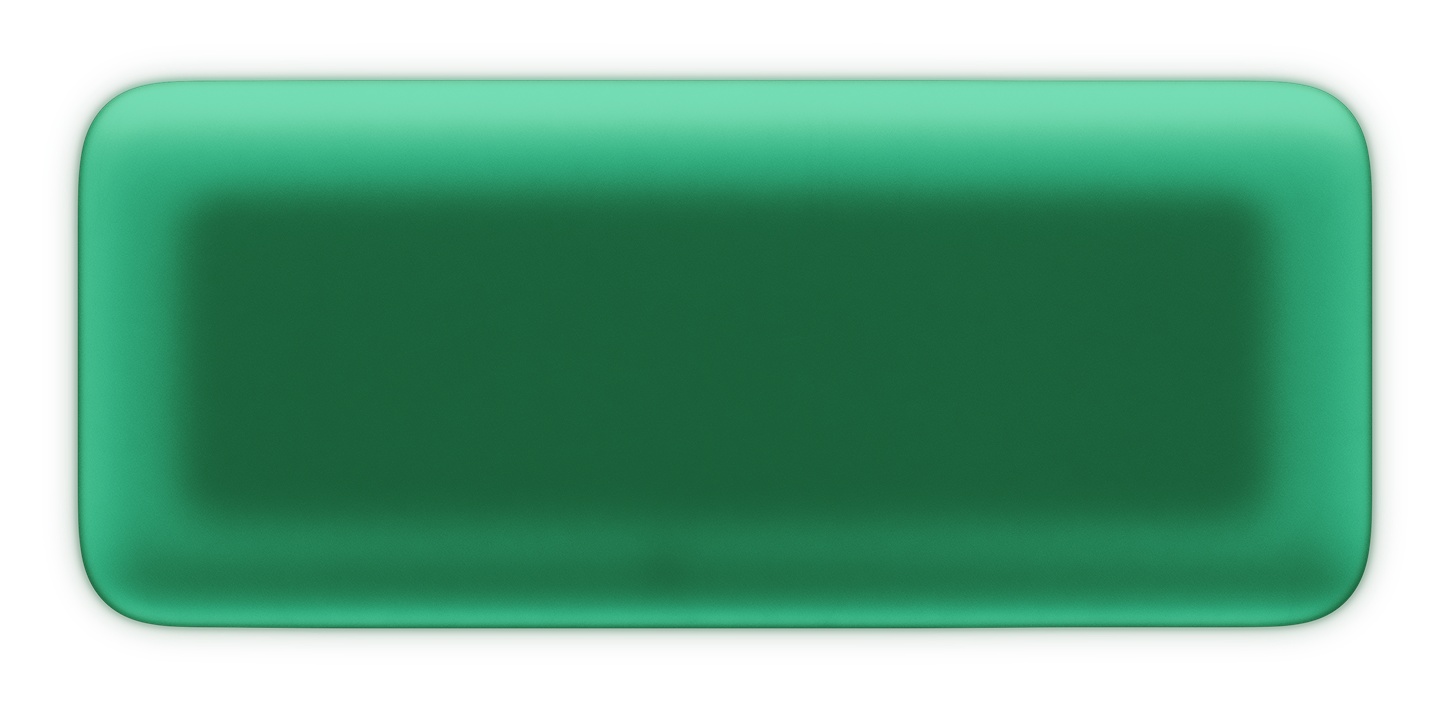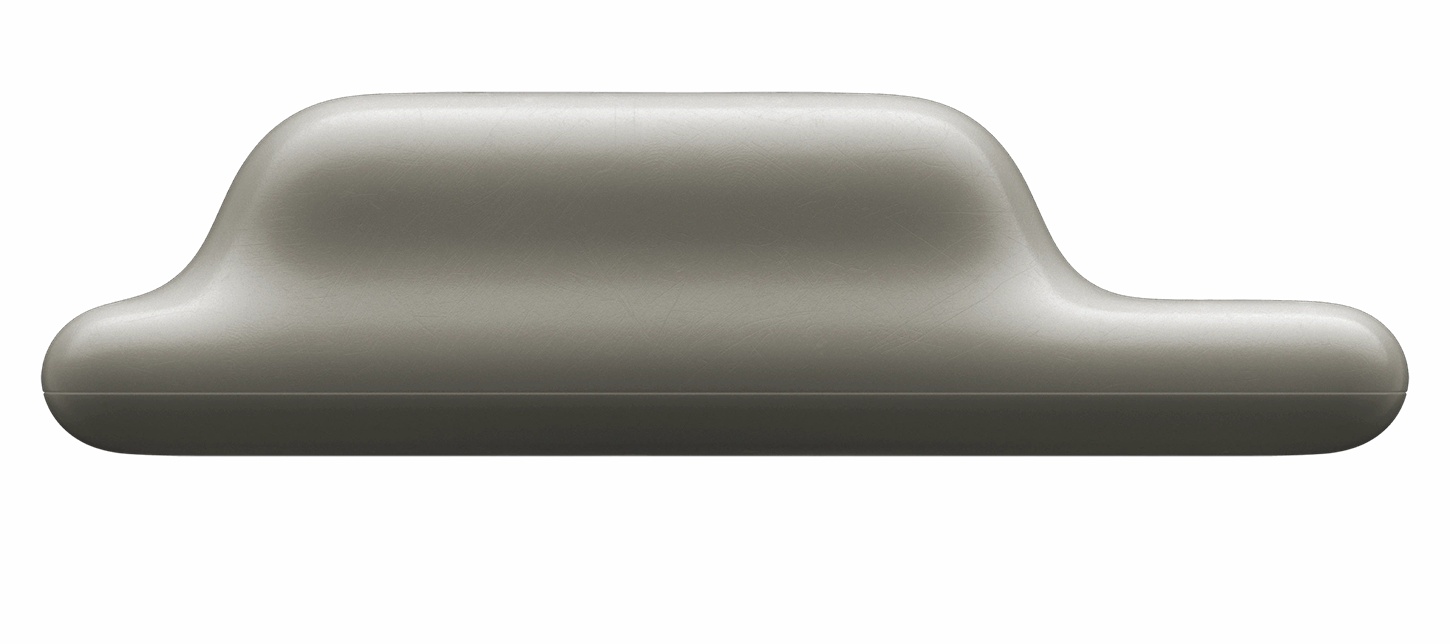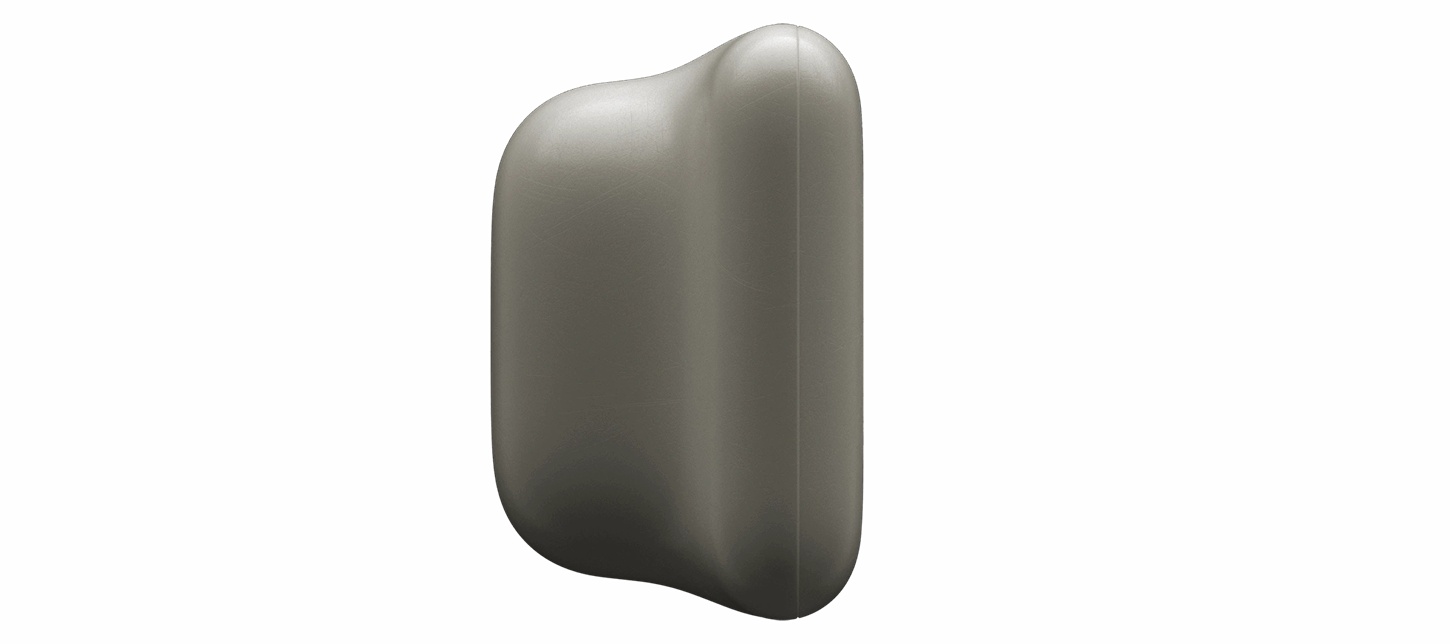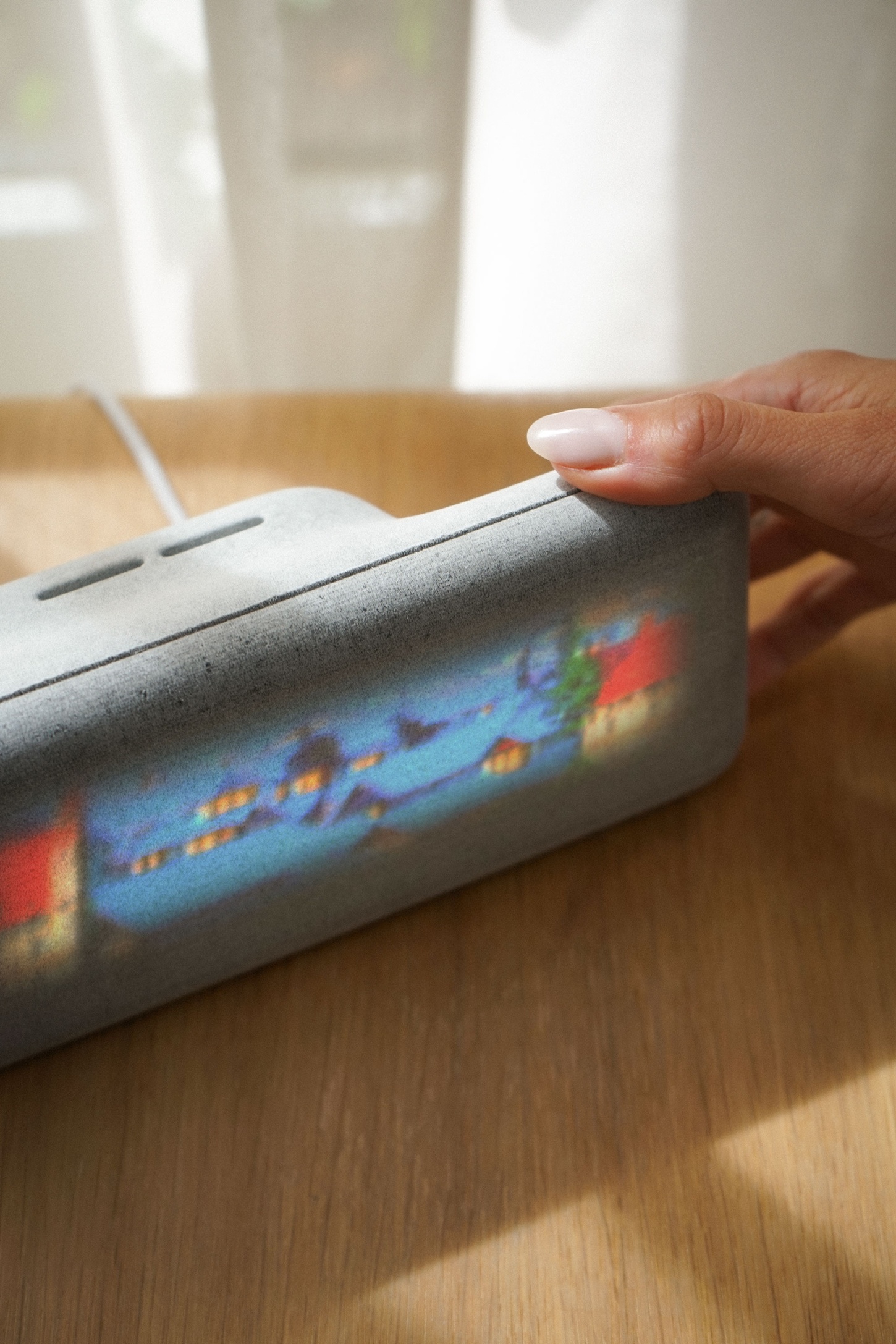Each night, we travel. Untethered and unscripted, our dreams play out as fleeting visions—strange, vivid, half-remembered. Dream Recorder, a project by Amsterdam-based design studio Modem Works, invites these private journeys into the light.
Housed in a soft-glowing, 3D-printed shell, Dream Recorder sits quietly on your bedside. In the morning, you speak your dream aloud. It listens. Then it begins to translate—converting fragments of memory into short dreamscapes rendered in ultra-low-definition. Impressionistic and grainy, like fogged Polaroids of the mind, these reels evoke more than they explain. A visual language for what resists language.
This is not surveillance of sleep, but a poetic extension of dream journaling—made native to the intelligence age. With no app, no cloud, no scrolling feed, Dream Recorder remains entirely offline. One device. Seven dreams. A quiet ritual.
Built in the spirit of transparency and play, Dream Recorder is fully open source. From its neural translation model to its printable body, every part can be explored, remade, or remixed. No soldering. No mystery. Just code, materials, and curiosity.
In Modem Works’ hands, technology becomes not a tool for optimization, but a mirror—open-ended and affective. Their work lives at the intersection of speculative design and quiet magic, reminding us that the future can be handmade, and sometimes, softly surreal.








